This project is of utmost attention because, in smart cities, there is always a need for such automation. Moreover, sometimes the street lights remained ON during daylight and it drains a lot of energy. With the help of Automatic Street Light Controller, you can avoid such misuse of energy. There is no rocket science in this project as it simply consists of LDR, Relay, Resistors, Transistor and Power Supply.
Let’s move forward to learn much more about this project.
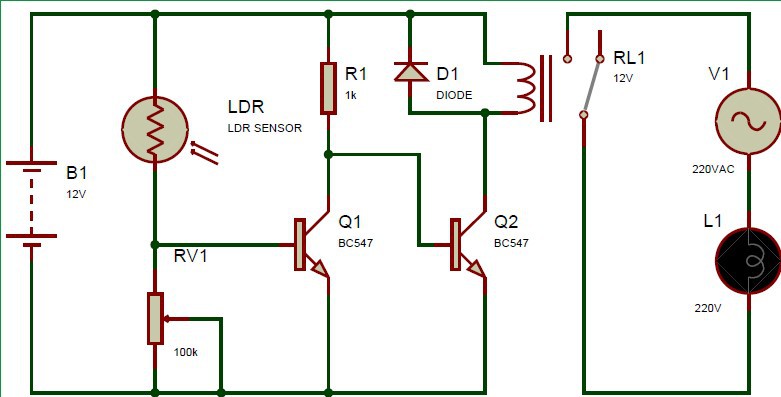
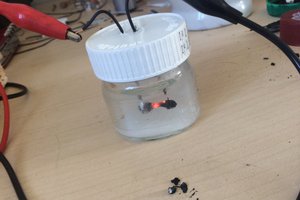
 will.stevens
will.stevens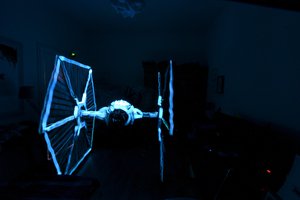
 fhernand
fhernand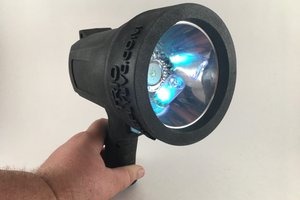
 Josh Starnes
Josh Starnes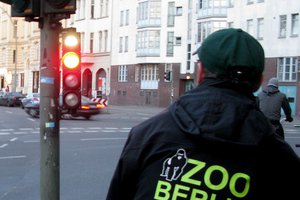
 trax
trax